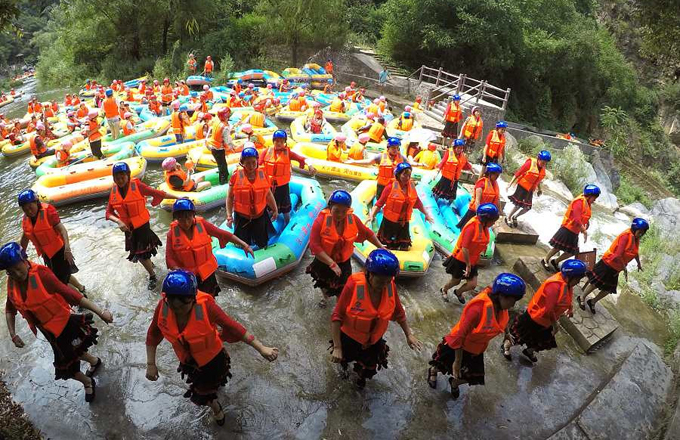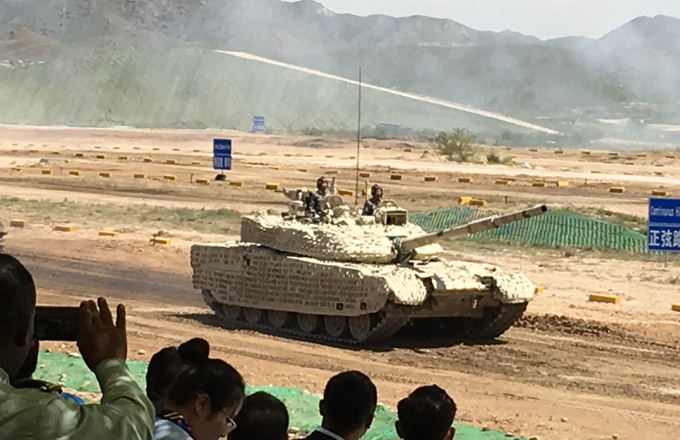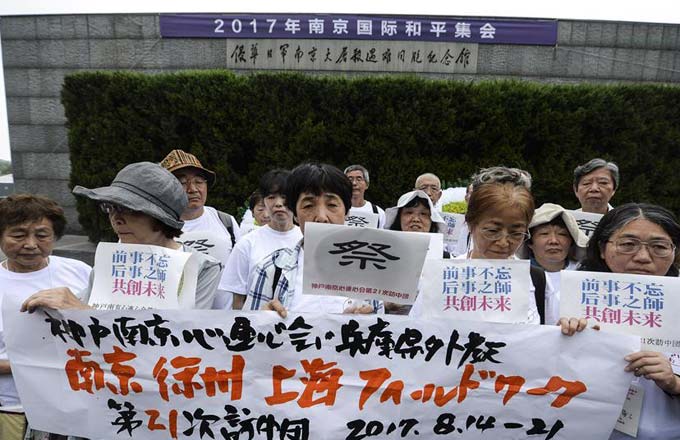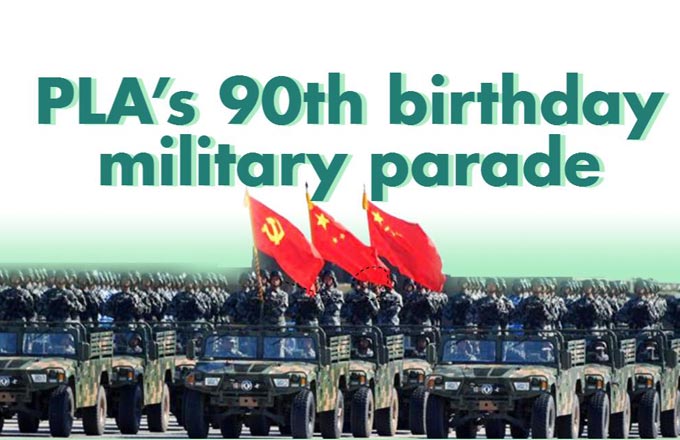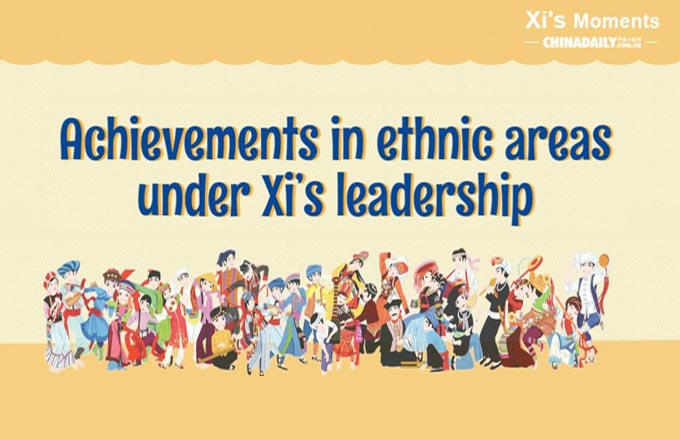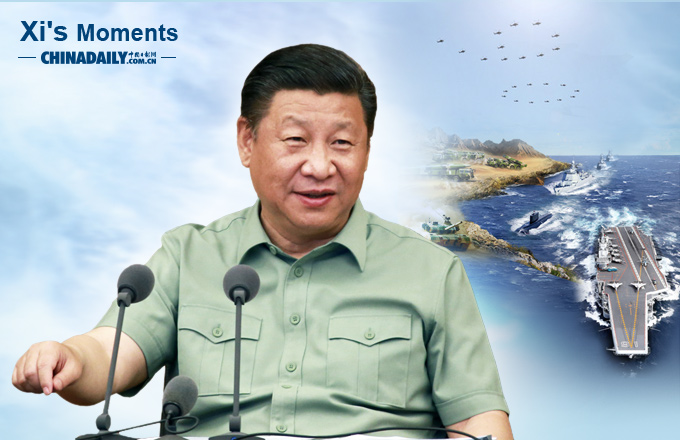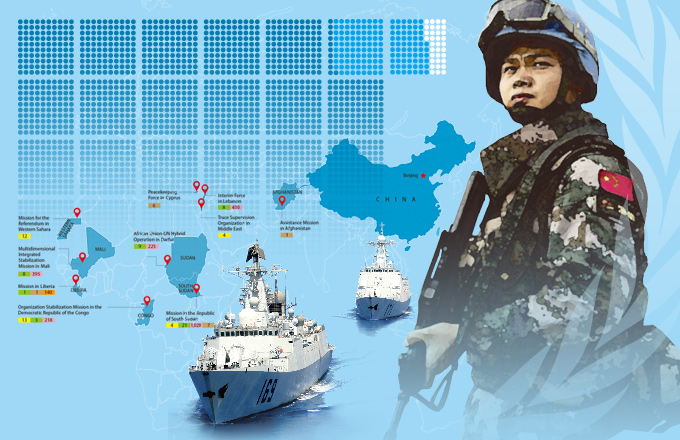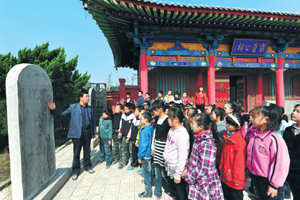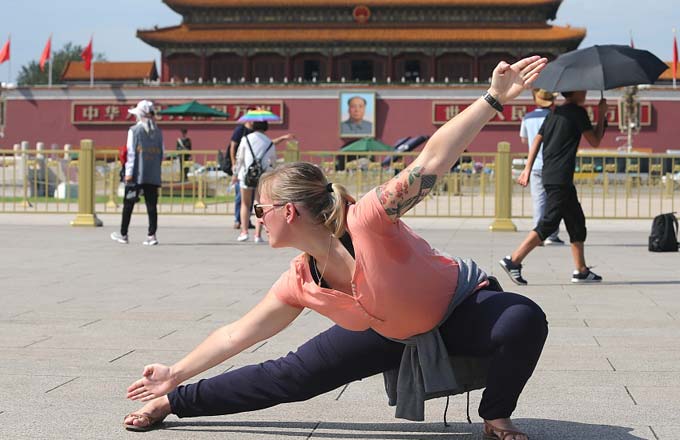Five cities in Hebei are China's worst polluters
Smog-shrouded Hebei province's six major cities were among the top 10 cities with severe air pollution during the first seven months of 2017. But officials insisted on imposing tougher controls for the coming months to meet annual reduction targets.
The latest data from the Ministry of Environmental Protection on Wednesday showed the top five cities with severe air pollution among the 74 major domestic cities were from Hebei province. Handan topped the list.
Reaching beyond the province, the 13 major cities in the Beijing-Tianjin-Hebei region experienced good air on only half (50.6 percent) the days during that period, a year-on-year decline of 6.8 percent. The PM2.5 average level increased by 11.3 percent year-on-year, the ministry said.
Hebei has analyzed the sources of the declining air quality and has imposed strict and targeted controls to lower emissions, which appear to be working, the provincial environmental authority said on Wednesday.
"In spite of the dramatic increase in January and February, we have managed to lower the pollution level from March to July by 7.1 percent year-on-year," Yin Guangping, deputy head of the Hebei Environmental Protection Bureau, said at a news conference in Shijiazhuang.
In the first two months, the province saw the PM2.5 — hazardous fine particulate matter with a diameter of less than 2.5 microns — increasing by 46.2 percent year-on-year, he added.
Chai Fahe, with the Chinese Research Academy of Environmental Sciences, said on Wednesday that the soaring PM2.5 levels observed in Hebei, as well as in Beijing and Tianjin, were mainly because of the frequent windless weather and more production activities that discharged additional pollutants.
"The sharp increase did add the pressure to the three governments, especially for Hebei, to meet the reduction target set by the State Council," he said.
The central government required the Beijing-Tianjin-Hebei area's governments to cut PM2.5 concentrations by 25 percent from 2013 levels by the end of 2017.
"But all the three governments have taken comprehensive measures to control smog, and those have cut the levels dramatically compared with the level in 2013," Chai said.
Yin from the Hebei provincial environmental bureau said the province, in which heavy industries like steel and iron are the pillar, has cut 12.26 million tons of iron production capacity, and 10.53 million tons of steel production capacity, which will be cut further by year's end.
The province has shut down 94 percent of the known 69,601 companies that pollute severely in the first seven months. It has taken strict controls on coal consumption for heating and production, a major source for the autumn and winter smog in the northern region, the bureau said.
"The controls on smog has been a priority for the governments in Hebei," Yin said, adding that over 3,600 officials were held accountable for poor performances in environmental protection in the first seven months.
"We will do more to combat air pollution and take strict controls in autumn and winter," he said.
To control the severe air pollution in Beijing-Tianjin-Hebei region, the ministry has launched a yearlong inspection of provincial level areas since April, revealing heavily polluting companies and encouraging the governments to resolve the pollution issues.
"Considering the efforts of the three governments and the extra controls from the ministry and central government, the region will reach the difficult reduction target by the end of 2017," said Chai.




